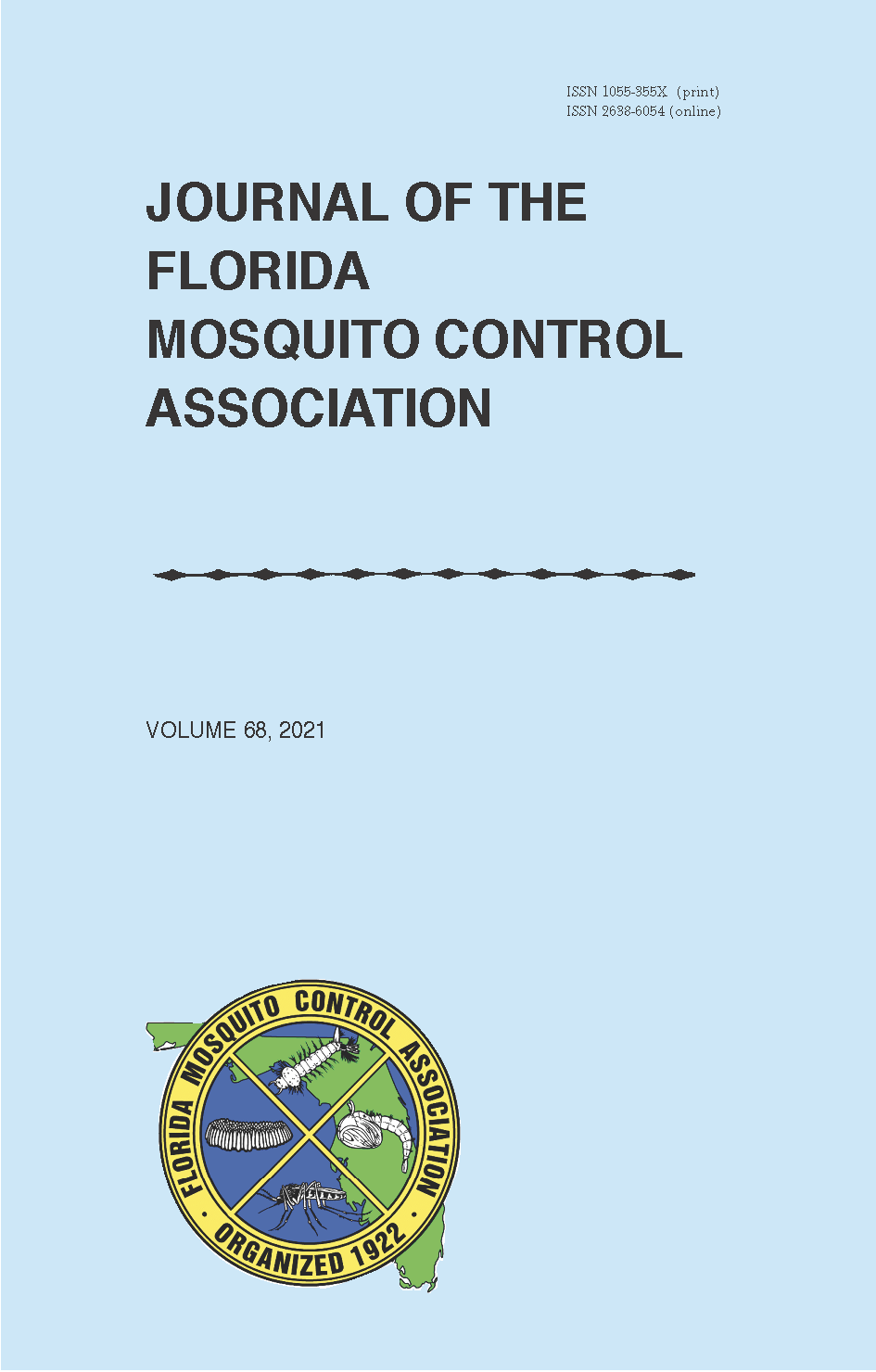ORNAMENTAL BROMELIADS OF LOCAL BOTANICAL GARDENS SERVE AS PRODUCTION SITES FOR PYRETHROID-RESISTANT CULEX QUINQUEFASCIATUS (SAY) IN COLLIER COUNTY, FLORIDA
DOI:
https://doi.org/10.32473/jfmca.v68i1.129094Resumo
The Naples Botanical Garden, located in Collier County, Florida, attracts over 220,000 visitors each year. The gardens house a collection of plants from around the world, including a featured area for over 100 species of exotic and native bromeliads. Ornamental bromeliads have previously been investigated to define their “tank” structure as a haven for mosquito eggs and larvae. The Naples Botanical Gardens was investigated for the presence of juvenile mosquitoes inhabiting large-tanked bromeliads. A survey of mosquito species inhabiting bromeliads in the gardens indicated that the most abundant species was Culex quinquefasciatus. With the ongoing threat of vector borne diseases such as West Nile virus, the abundance of vector mosquitoes and heavy tourist traffic in the gardens, insecticide resistance testing was performed on Cx. quinquefasciatus originating in the gardens in order to assess the ability of pyrethroid-based insecticides used by the local vector control agency to successfully target this species in the event of a disease outbreak. We identified pyrethroid resistance in Cx. quinquefasciatus collected from Naples Botanical Gardens, and that oxidase activity was the primary mechanism responsible for its pyrethroid resistance status.

